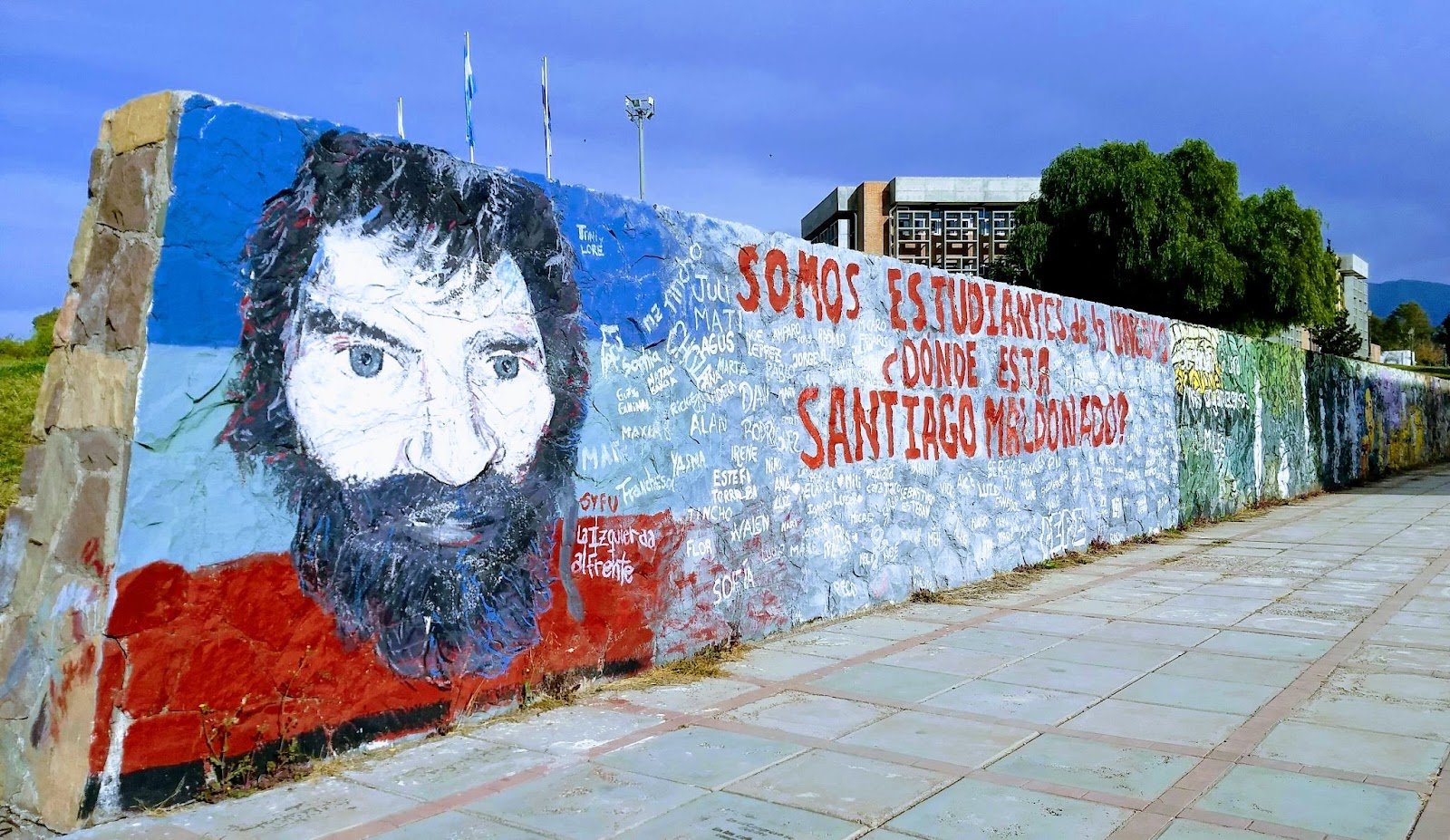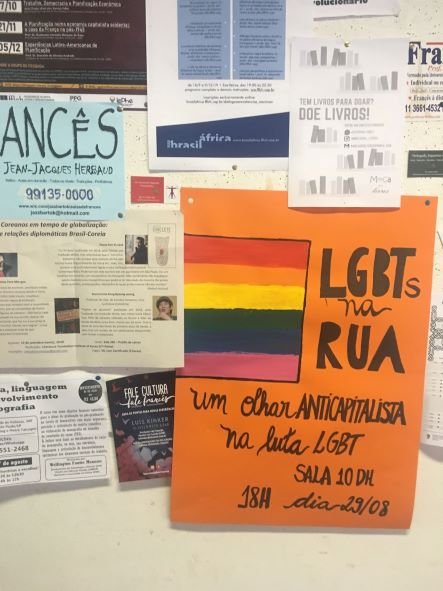
Facilitator’s Guide
Welcome to the Toolkit Facilitators’ Guide. The Toolkit is a collective on-line learning and sharing initiative to bring together educators and learners who all share a commitment to building more just, inclusive, and sustainable communities. We have created this guide to support the facilitator as they move through the pages and engage with the content. We welcome facilitators to share their feedback and experiences with the Toolkit so that it may inform future iterations of this guide.
These learning tools yearn to be used and adapted in myriad ways; whether for setting expectations in civic engagement projects or education abroad, pre-travel considerations of applied ethical research, preparing for place-based learning, cross-cultural/ international team building, in lieu of a textbook for a social/global issues course, as ‘flipped classroom’ group work, and beyond. As outlined below, the theme-based template allows users to scale their approach, picking and choosing from the multi-dimensional offerings to engage in many facets of one theme through different formats (visual, audio, text, discussion prompts, etc.). The pages are also designed so that learners can engage with them at their own pace, or along a set timeline; both synchronously and asynchronously.
These pages are intentionally open-access and co-created by a wide variety of practitioners to stimulate learning and share perspectives on the urgent fact of our interdependence. Notice that the architecture of each page aims to be relatable and (hopefully) inviting – this is intentional. One need not be an expert on any of these topics in order to engage with the issues. You - the facilitator - can be positioned as a co-learner in a group, guiding activities and prompts and nurturing conversation. If you would like to delve further into a topic, please note the bibliographies following each page that serve as deeper references for pre or post work.
From Self understanding to Broader Understanding
While exploring a given theme users are intentionally moved to and from subjective reflection and its larger implications. As a way of modeling and putting oneself into the role of learner, it is encouraged that facilitators do some of the pages on self-reflection (Cultural Humility, Self-Understanding, What is your role?) prior to facilitating the content. This allows facilitators to not only familiarize themselves with the content, but to also gauge the potential flow and timing of the conversations.
Images: National University of Cuyo, Mendoza, Argentina & University Sao Paulo, Sao Paolo, Brazil by Samantha Brandauer
From Individuals to Learning Community
As in a ‘typical’ classroom or teambuilding environment, getting to know learners (about their lived experience and the expertise they bring to the group) and building trust as a facilitator is integral to deeper, shared learning. Facilitators must foster this by setting an expectation of respect, dignity, and belonging while also giving the necessary time and space for participants to digest the content. Facilitators must be able to tailor and adapt the themes of the Toolkit to the different identities represented within a group and foster a supportive group dynamic. It is important that facilitators are mindful and aware of the space and ask themselves, “Who is taking space? Who is speaking more? Less?”
Facilitators must also recognize that each group of learners is different, and that content may be interpreted differently over time and depending on the individual and collective dynamics of the group. What worked well in one session may resonate differently in the next, so facilitators must actively gauge the pulse of the group. Remember that you are a facilitator but also a learner. Group members may look to you in your role as facilitator, while also appreciating how you model personal inquiry that intersects with structural analysis. Facilitators may act as a guide that moves the conversation forward while allowing group members to grapple with the material in a way that also empowers them.
Images (top, left, right): Uppsala, Sweden, Toulouse, France and Amman, Jordan by Samantha Brandauer
From Local to Global and Back Again (and Again):
Themes may shift from local to global perspectives, adding comparative scope and new dimensions to an issue or concept.
How do you help learners to understand what each page looks like in a local context? If this isn’t your local context, can you think about themes that can help you adapt to your community or region? Also, keep in mind that depending on the make up of the group “local” may mean something different to each person. These questions can be thought about ahead of time or explored with the group:
Example: 1968 in Europe. Facilitate page. What was happening in 1968 in your community or region?
Example: Structural Racism in Philadelphia. Facilitate Page. How is this specific history of redlining indicative of larger patterns of structural racism? How does structural racism manifest where you are, if not specifically through redlining, then through another practice?
Example: UN Sustainable Development Goals. Facilitate Page. How have individuals, civil society and government interacted with the sustainable development goals in your city/town/country?
Many themes are connected, yet the Toolkit is not intended as a linear model of knowledge progression. In fact, the interwoven themes echo our concrete interdependence as humans in our social worlds, and - much like real-life - it can take some practice to navigate!
Structure of Pages
When entering each page, facilitators will notice a similar set up and framework. The page title equals the theme and is echoed in the ‘Big Question.’
Each page includes an estimated time commitment. PIn practice, different facilitators with different learner populations, choose to share content with learners ahead of time or in real time together (i.e. video can be shared ahead of time and learners are asked to prepare responses to discussion prompts or videos can be shared during the session and then reflection prompts can be given to complete either before or after the session).
The ‘Why this matters’ section is a justification of the theme’s relevance in a concise manner. This allows the facilitator to ground the material but also provides a springboard for how it applies to other content previously discussed (if applicable) or how it connects to learners’ lives (or goals) or future content.
Next the Deep Dive implies central content and often is broken into two or three progressive sections.
The Outcomes section is a place to visit sooner rather than later. When reflecting on the theme of the page, the facilitator may ask, ‘Do these outcomes suit my goals? Or some more than others?’ Outcomes may be your starting place if you have definite goals for this content in mind. It may also be employed as a check-in with learners as they proceed through pages.
Next Pages if applicable, indicates that there is more than one page in a theme. Not all themes have multiple pages and pages do not need to be viewed/facilitated in any specific order, in fact the “next page” may be utilized first depending on the facilitator’s preference. As the toolkit continues to develop, the curators anticipate this section developing to signal multiple, connected relevant concepts and pages.
Further Engagement directs users to texts related to the subject matter. Please note, some of the items listed for further engagement can replace content within each theme page.
Citation for this page: Sandiford, N., Sabato, E., Brandauer, S., Carnine, J. & Raynaud, L. (2022). Facilitator’s Guide. In E. Hartman and S. Brandauer (Eds.). Interdependence: Global Solidarity and Local Actions. The Community-based Global Learning Collaborative. Retrieved from: https://www.cbglcollab.org/toolkit/facilitators-guide

